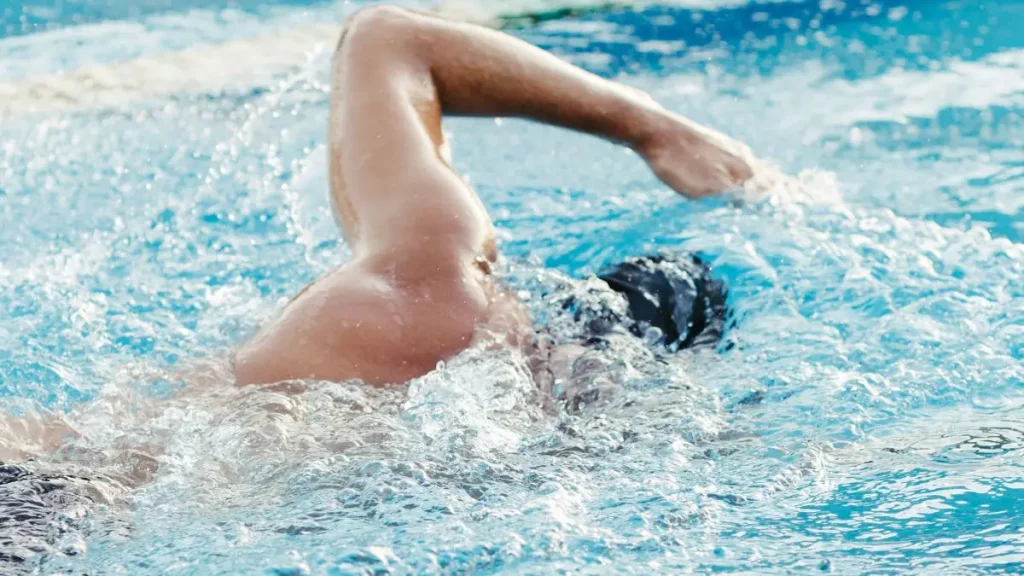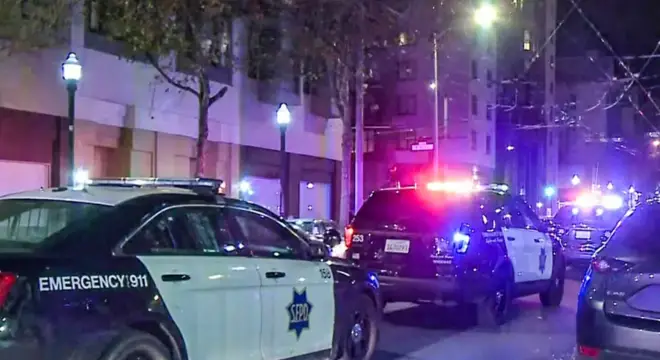Pennsylvania Child Injured in Home Pool Incident and Hospitalized
I don’t think any parent wakes up thinking, “Today, my child might nearly drown in our own backyard.” But that’s exactly what happened in Bethlehem, Pennsylvania, on a quiet Thursday morning.
As per 6 ABC, just before 10:30 AM, emergency responders were called to a home on Barbary Street. A 3-year-old child had been pulled from a pool after nearly drowning. We still don’t know the child’s condition or exactly how the incident unfolded—but the fact that it happened at home, during normal daytime hours, is what hits hardest.
No storm. No crowded party. Just an ordinary day turned into a life-or-death emergency.
That’s the part no one talks about enough.
Near-drowning isn’t always a chaotic scene. It can happen silently, in seconds. You don’t hear screaming. You don’t see thrashing. One moment everything’s fine—and the next, your child is under the water without a sound.
If you’re a parent, this story isn’t just news. It’s a warning.
Have you checked your pool setup lately? Do you know what a drowning child actually looks like?
That’s what we’re going to talk about in this article—without fluff, without fear-mongering, just real things you can do today to prevent this from ever becoming your story too.
Let’s go deeper.
Why This Story Is Alarming for Pennsylvania Families?
I’ve written about more incidents like this than I’d like to admit. And honestly, it never gets easier.
You see a headline—“Child Nearly Drowns in Pool”—and you think, “Tragic, but rare.” But is it really?
If you’re living in Pennsylvania, this isn’t a one-off. Not even close.
Just last year, a toddler near Pittsburgh died after slipping into a pool while the adults were inside. In Allentown, a caregiver pleaded guilty after a young child drowned during what was supposed to be a “quick swim.”
I’m not sharing this to scare you—but to show you the pattern.
According to CDC data, drowning is the second leading cause of unintentional death in children aged 1 to 4 in the U.S. And home pools? They’re the top location.
That means if you have a pool at home—or visit one regularly—you’re living with a quiet risk. One that most of us don’t fully respect until it’s too late.
Near-Drowning: What It Means and Why It’s Often Missed?

Let me tell you something you might not know: drowning isn’t loud.
Movies lie. There’s no screaming, no dramatic splashing. In most real cases, especially with toddlers, it’s completely silent.
Near-drowning happens when a child is rescued just in time—but even then, it’s not always over. What looks like relief can quickly become crisis.
You might think, “My child’s breathing again—they’re fine.” But are they really?
Delayed symptoms like coughing, chest tightness, vomiting, or sudden fatigue could point to secondary drowning—where water in the lungs causes breathing issues hours after the incident.
That’s why even if your child looks okay, you must call 911 or get them checked at the hospital. It’s better to be safe than devastated.
This isn’t about overreacting—it’s about understanding what most parents don’t get told in time.
From pools to property security, protecting your home involves many layers—and understanding how burglars operate is another side of staying prepared as a homeowner.
5 Things That Often Go Wrong in Home Pool Safety
Let’s be honest—I’ve made some of these mistakes myself. So have most parents I know. The problem? We think being nearby is enough. It isn’t.
Here are the most common gaps I see when writing about these incidents:
- “I was just checking my phone.” That’s the one I hear the most. It takes 20–30 seconds for a child to silently drown. That’s one Instagram scroll.
- No physical barrier. A pool without a 4-sided fence or alarm is basically an open invitation—especially to toddlers who don’t know the difference between play and danger.
- Morning hours go unchecked. In many cases, like the Bethlehem one, the incident happens in the morning—when parents think their kids are watching cartoons or playing safely.
- Overtrusting floaties. Floaties are not life-saving devices. They create false confidence in both kids and parents.
- Nobody’s “on duty.” If everyone’s watching, no one is. You always need one designated “water watcher”—and their job is to do nothing else.
You don’t have to be a bad parent for one of these things to go wrong. You just have to be distracted for a moment. That’s all it takes.
Whether it’s fire or water, home-related disasters can escalate fast—like the Duquesne fire that destroyed four homes and left one dead, even routine safety oversights can turn deadly.
Pool Tragedies in the News: Are We Learning Enough?
You and I both know this isn’t the first story like this.
Remember the case of Emilie Kiser’s son? It went viral on Tik Tok and Reddit last year. Her 3-year-old died after a brief moment of inattention near water. She went online to tell other parents: “I looked away for seconds.” And she never looked the same again.
Then there’s the Allentown case I mentioned earlier—where a family member was charged for leaving a toddler unsupervised near a pool.
So why are these stories still happening?
Because after the media cycle moves on, we forget. We assume our homes, our routines, our kids are different.
But they’re not. And unless we treat every backyard pool like it’s a potential hazard, nothing changes.
I’m not saying we should fear water—I’m saying we need to respect it more than we currently do.
Have you ever experienced a water-related scare with your child? Share your thoughts in the comments—your story might help another parent stay alert.
What to Do If Your Child Nearly Drowns: Urgent Response Guide

Let’s say the worst happens—and your child falls in.
You get them out. They’re coughing. Maybe crying. Maybe quiet. Now what?
Don’t guess. Follow this guide:
Step 1: Call 911 immediately
Even if your child seems fine. Internal injuries or lung issues can develop hours later—especially in “dry drowning” cases.
Step 2: Look for red flags in the next 24 hours
Watch for:
- Fast or labored breathing
- Fatigue or confusion
- Persistent cough or vomiting
- Blue lips or skin tone changes
If you notice any of these—go to the ER right away.
Step 3: Tell paramedics exactly what happened
Don’t hold back. Let them know how long the child was under, whether they were conscious, and if CPR was started. Every detail helps with diagnosis.
This isn’t the first time Pennsylvania has seen heartbreaking incidents involving young children—a recent case where a mother and her son were found dead in a parked car at home still haunts the local community.
5 Things You Can Do Today to Prevent Pool Accidents
Let’s get to the part that makes the biggest difference: prevention.
You don’t need a big budget. You don’t need fancy gear. You just need awareness, commitment, and 30 minutes this weekend.
Here are 5 things you can act on today:
1. Do a pool safety audit
Check gates, latches, pool covers, furniture near fences (kids climb!), and access from the house. Anything that seems like a loophole—close it.
2. Assign a Water Watcher at every gathering
Use a wristband or token to signal who’s on duty. Change every 15 minutes. No multitasking allowed.
3. Book a local CPR class
Red Cross, YMCA, and many hospitals offer weekend sessions. You’ll learn adult + child CPR in under 3 hours.
4. Talk to your kids
Even 3-year-olds can understand basic rules: no pool without an adult, no breath-holding games, no pushing.
5. Share this story with family and sitters
Send it to grandparents. Babysitters. Neighbors. Anyone who may supervise your child around water should know the risks—and the plan.
These steps don’t take long. But they could save a life.
We often share urgent home safety alerts and family-first updates through private community channels. If you’re someone who likes staying ahead—especially when it comes to your kids’ safety—it might be worth joining one.
Final Thoughts
One near-drowning is one too many. What happened in Bethlehem could happen anywhere—and that’s exactly why stories like these matter.
Awareness leads to action, and action saves lives. As parents, caregivers, or even neighbors, we all play a part in making sure children are safe around water.
Want more home safety updates that matter? Browse our website Build Like New for real incidents and prevention tips.
Disclaimer: This article is for informational purposes only and does not constitute medical or legal advice. Always consult certified professionals for emergency care or legal guidance. If a child is involved in a near-drowning incident, seek immediate medical attention.


